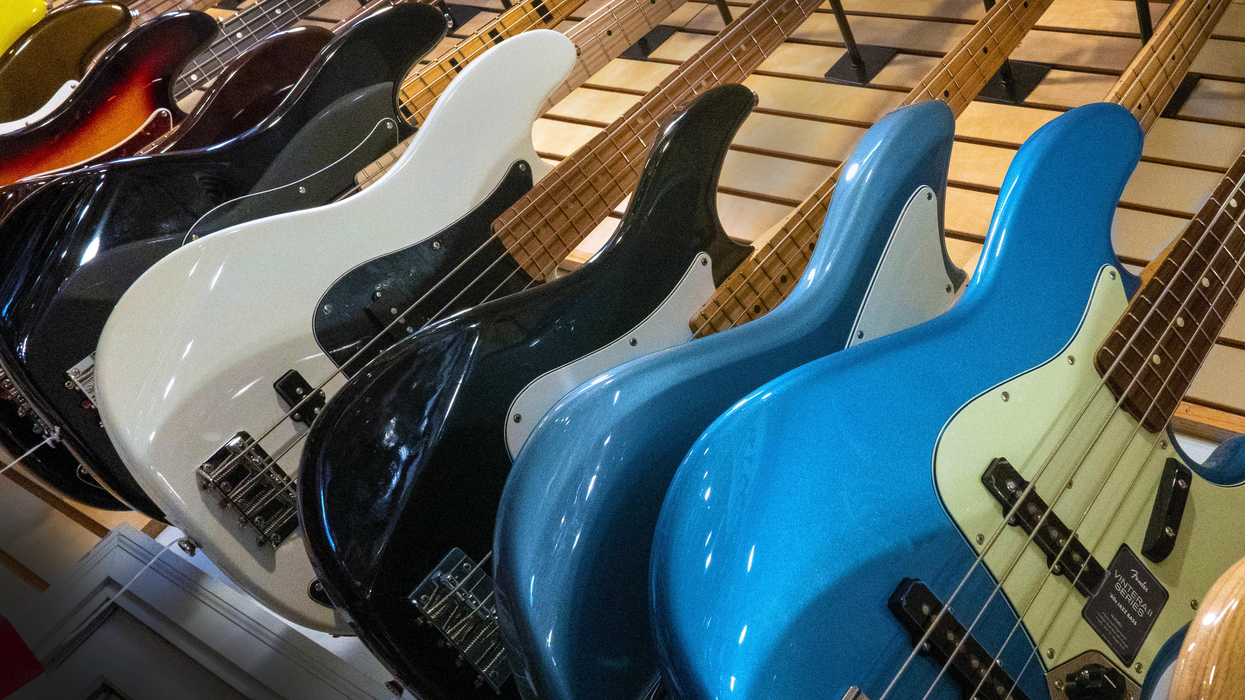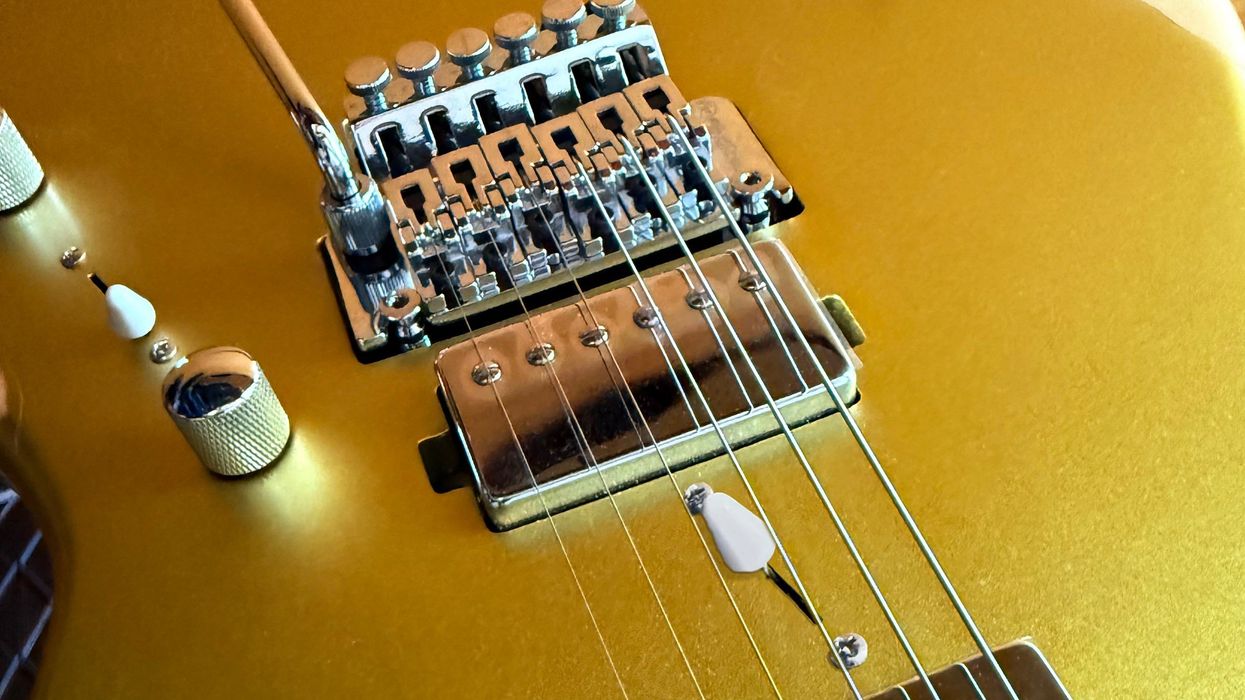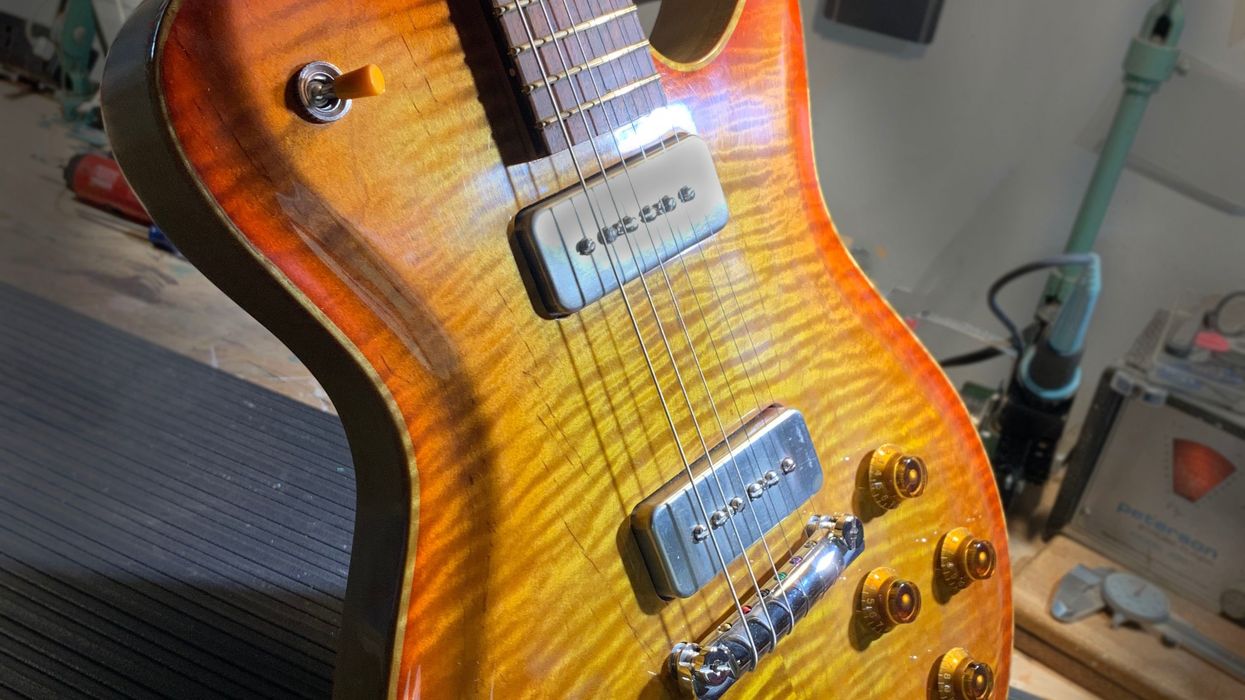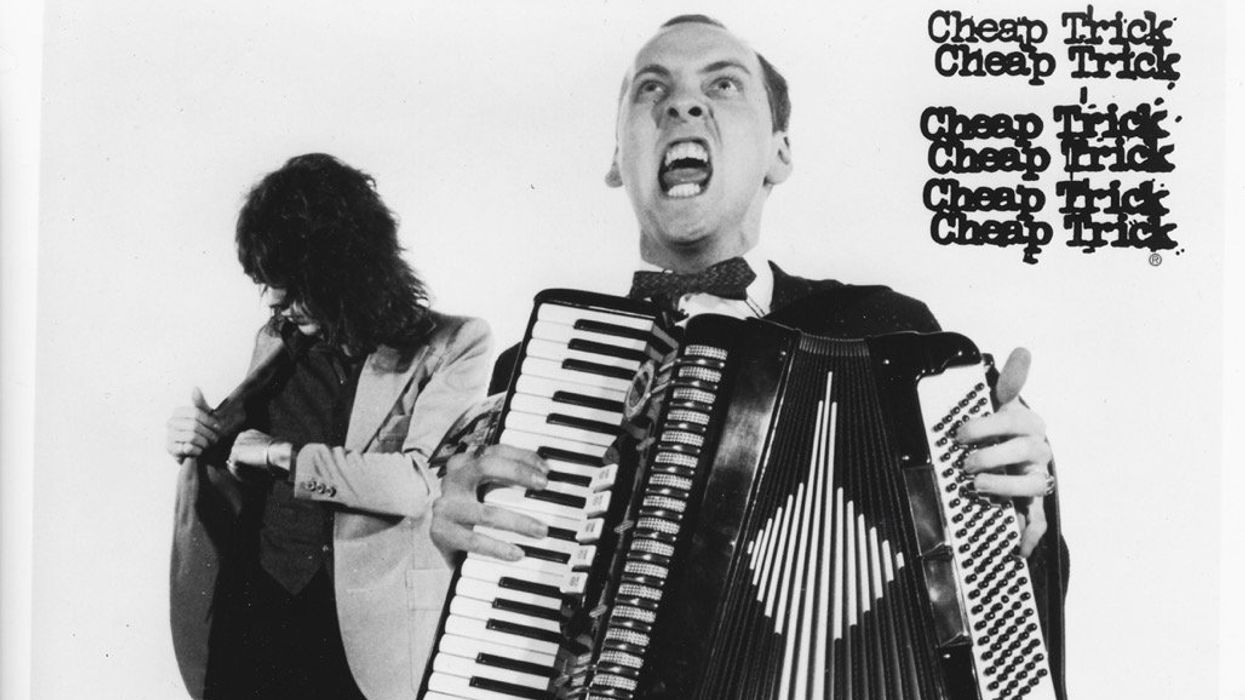There are few things more exciting than a live concert. The house lights go down, the walk-in music fades, and cheers go up as the first chord spills out of the speakers. As the music reaches a crescendo, you know it's time for the guitar solo. The guitarist bends down to adjust the repeat on the delay and then modulates the mix knob on the flanger. An ocean of cell phones thrust skyward to immortalize the epic moment as our hero stabs the pedalboard relentlessly to mythic effect. This is the transcendent moment that spawns an endless stream of Instagram hashtags. And he didn't even touch the guitar's controls. Awesome!
As a guitar player, builder, and designer, I have spent a bit of time studying and experimenting with control locations. I wanted to position things where they might be most useful. I'd always found it curious why some instruments had knobs and switches arranged in what seemed like—at least to me—random places, while others were brilliantly logical.
At the beginning of the “electrified" era of the guitar, a volume control was about all that was offered. The 1934 Vivi-Tone, one of the earliest known electrics, actually didn't have any controls. It was just assumed that the amplifier's volume control would suffice. George Beauchamp's 1931 “Frying Pan" lap-steel guitar had a volume control, and its tiny body forced the knob to be very close to the picking hand. (It's not clear if that location was considered a plus or a compromise.) As the amplified guitar became more commonplace, so did onboard volume controls.
A glance at the Gibson ES-150 from 1938 shows a tone knob had been added as well. This guitar is closely identified with jazz-guitar pioneer Charlie Christian, one of the first players to provide single-note solo lines within the big-band context. And as such, he probably found that the onboard controls came in handy. Moving from background-rhythm comping to soloing and back needed to be done quickly, so the proximity of the guitar's controls was definitely a positive factor. That said, the tone control was placed further away from the picking hand, as it was probably deemed less important for on-the-fly adjustment.
By 1940, artists were using both volume and tone swells in jazz and country. This is accomplished by moving the controls while playing. The opening strains of Hank Williams' 1949 classic “I'm So Lonesome I Could Cry" features Jerry Byrd's mournful steel guitar, and his tone control swells create a sobbing sound as a preamble to the lyric.
Tiny Grimes' 1952 recording of “Rockin' the Blues Away" showcases a well-developed use of the volume control as a musical effect. It's one of the first times the technique appeared prominently on a record, and was the template for subsequent guitarists like Roy Buchanan, Jeff Beck, and Edward Van Halen. In all these scenarios, control proximity is key. The technique became popular to the point where the volume pedal was invented to free up guitarists' hands.
Interestingly, although Fender catered to the Western swing players early in its history, the company's first Spanish-style electric—the 1950 Broadcaster/Telecaster—placed the pickup selector closest to the guitarist's hand, while the tone control was furthest away. Some players reversed the Tele's control plate to put the volume control where it was more easily reached. The 1954 Stratocaster design placed the volume control extremely close to the bridge, which facilitated the volume swells used by country music, but frustrated some players who found it got in the way of their strumming. What's a designer to do?
Gibson also experimented with control placement, but it's my guess that most of their decisions were based primarily on manufacturing efficiencies. Players like Pete Townshend pioneered the use of the pickup selector as an interrupter switch on both the SG and the Les Paul, despite the differences in toggle placement. The staccato sound heard at the end of the solo on the Pretenders' “Tattooed Love Boys" is a direct descendent of Townshend's trick, and it was performed with aplomb by the late James Honeyman-Scott on his Les Paul. Meanwhile, his Hamer Sunburst had the switch behind the bridge, but Honeyman-Scott carried on regardless. (This effect, accomplished by quickly moving the selector, requires that one pickup is turned off.) More recently, guitarists like Buckethead and John 5 have fitted a separate momentary switch to silence the guitar.
Over the decades, we've seen the back-to-basics, single-volume-only shred guitars of the '80s, the confusing multiple tone-selectors found on Gretsch guitars of the '60s, and the over-the-top switch fest of the B.C. Rich. The 1970s spawned onboard effects, and there have been guitar/organ hybrids that bristle with controls like the cockpit of a B-52. Since the debut of the electric guitar, the onboard controls have been used and abused to great effect no matter what the configuration. Is one layout better than the rest? In the age of the pedalboard, does anyone even care? Like everything else guitar, it's just a matter of preference.


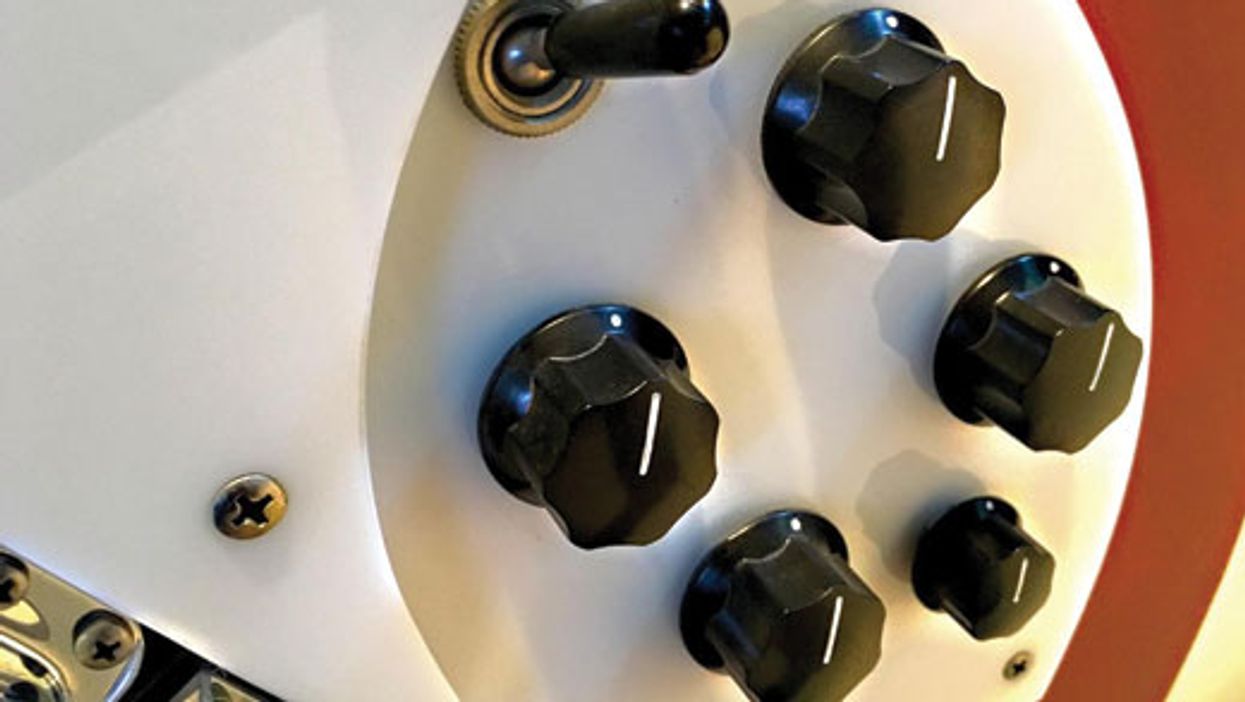







![Rig Rundown: Russian Circles’ Mike Sullivan [2025]](https://www.premierguitar.com/media-library/youtube.jpg?id=62303631&width=1245&height=700&quality=70&coordinates=0%2C0%2C0%2C0)




